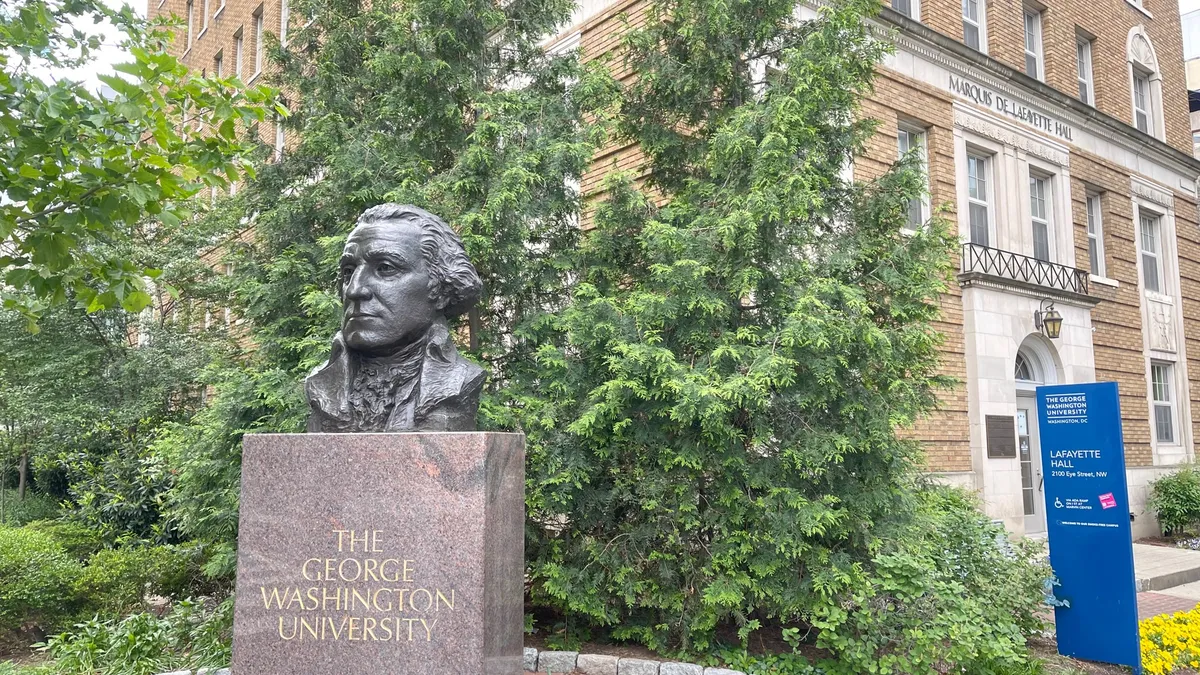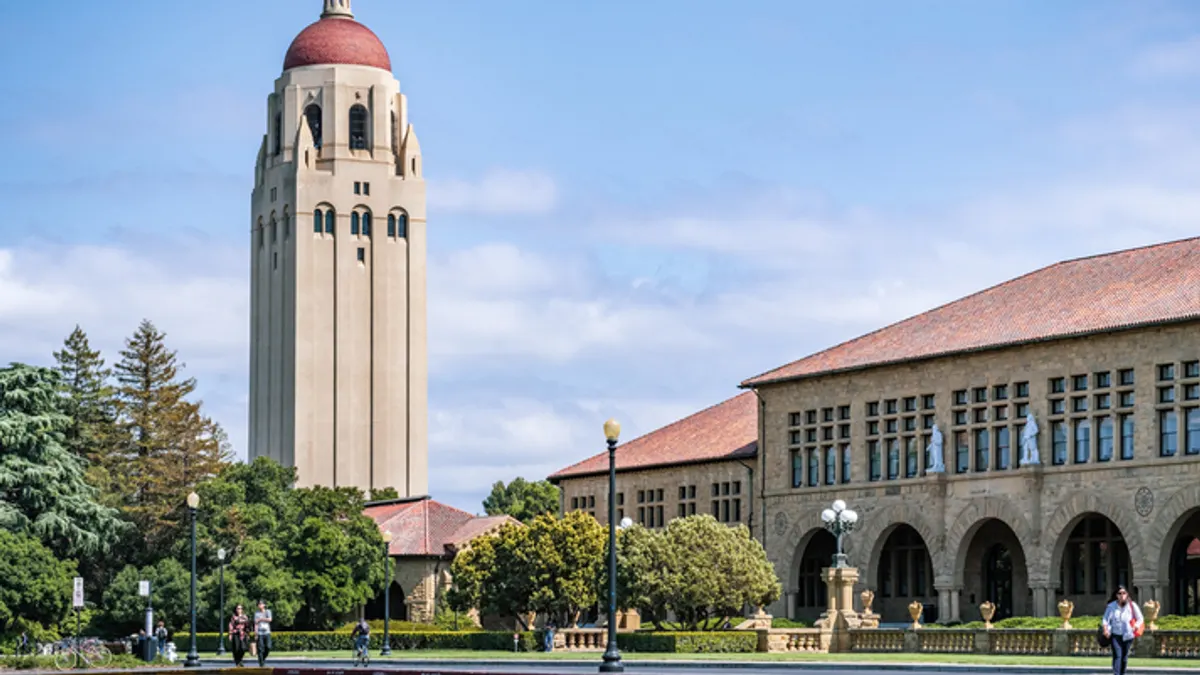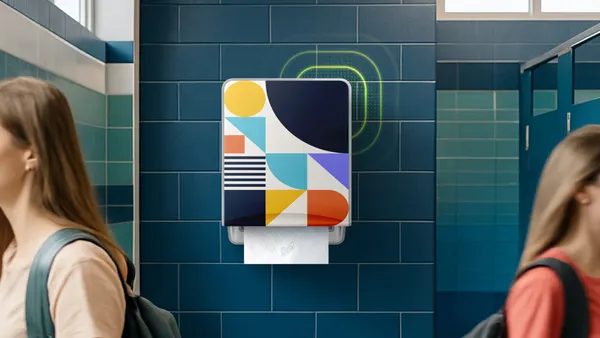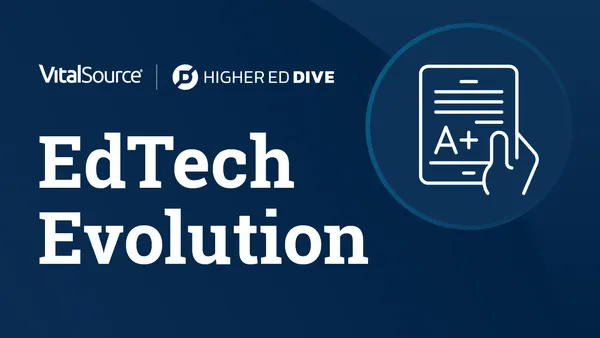Dive Summary:
- An article in the Economist argues that American higher education is on a worrying downward trend as students are increasingly saddled with more debt, higher tuition fees, less valuable degrees and worsening job prospects.
- The article raises a number of troubling statistics that point to a higher education bubble — from 2001 to 2010, the cost of higher education has risen from 23% to 38% of median annual earnings; since 1983, student costs have risen five times the rate of inflation; student debt has doubled in the last 15 years; adjusting for inflation, graduates earned no more in 2007 than in 1979.
- Partly due to the emergence of massive open online courses, an estimated 30% of students are now learning online.
- U.S. university graduates owe $1 trillion in student debt while 17 million graduates are overqualified for their jobs — as a result, higher educational institutions are facing the challenge of justifying the predicted economic value of their degrees.
From the article:
"... Some signs suggest that universities are facing up to their inefficiencies. Indiana University has just announced innovations aimed at lowering the cost and reducing the time it takes to earn a degree. More of this is needed. Universities owe it to the students who have racked up $1 trillion in debt, and to the graduate students who are taking second degrees because their first one was so worthless. They also bear some responsibility for the 17m who are overqualified for their jobs, and for the 3m unfilled positions for which skilled workers cannot be found. They even owe it to the 37m who went to college, dropped out and ended up with nothing: many left for economic reasons. ..."













